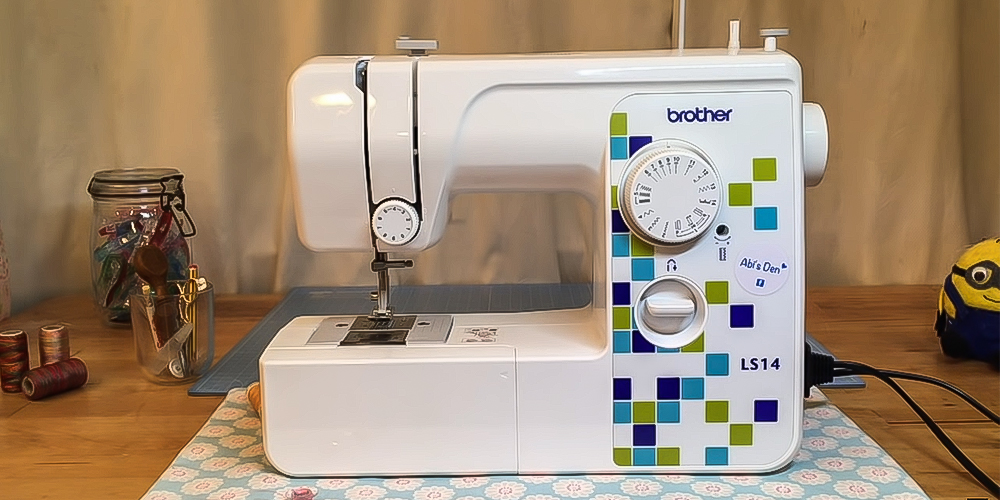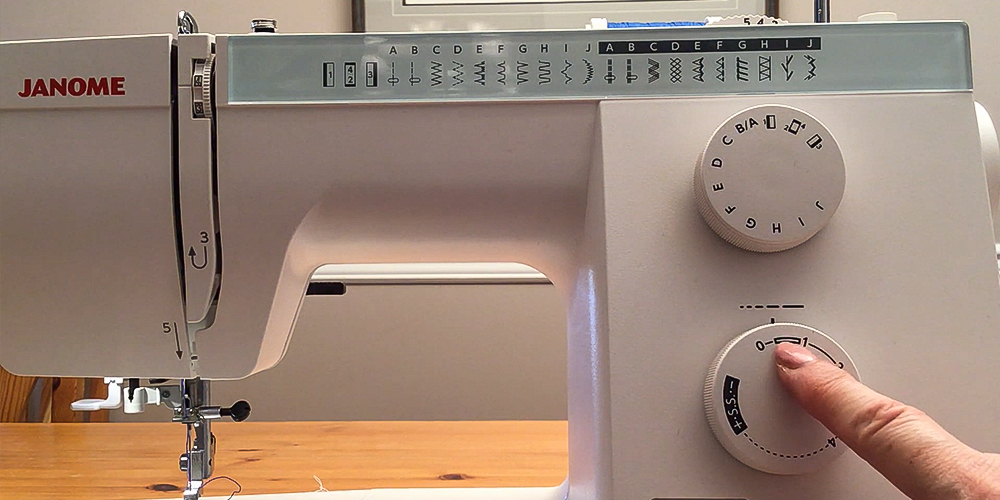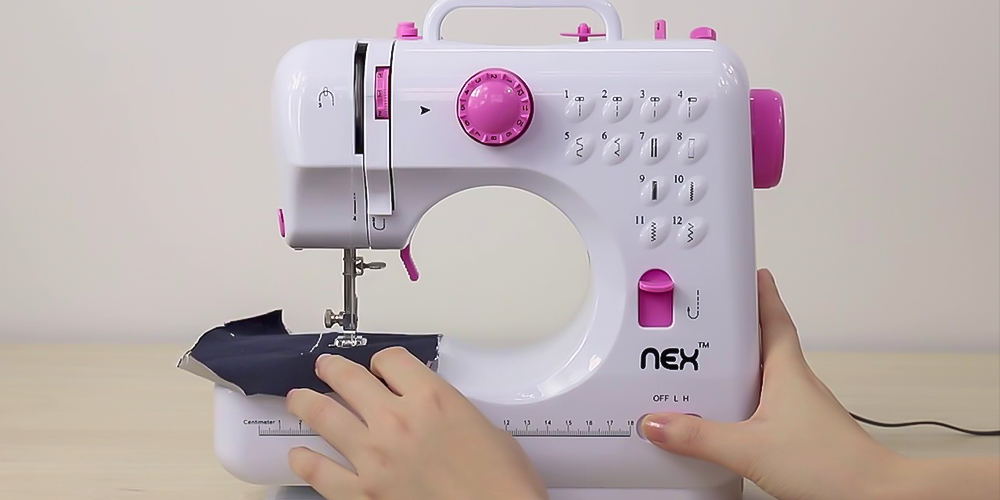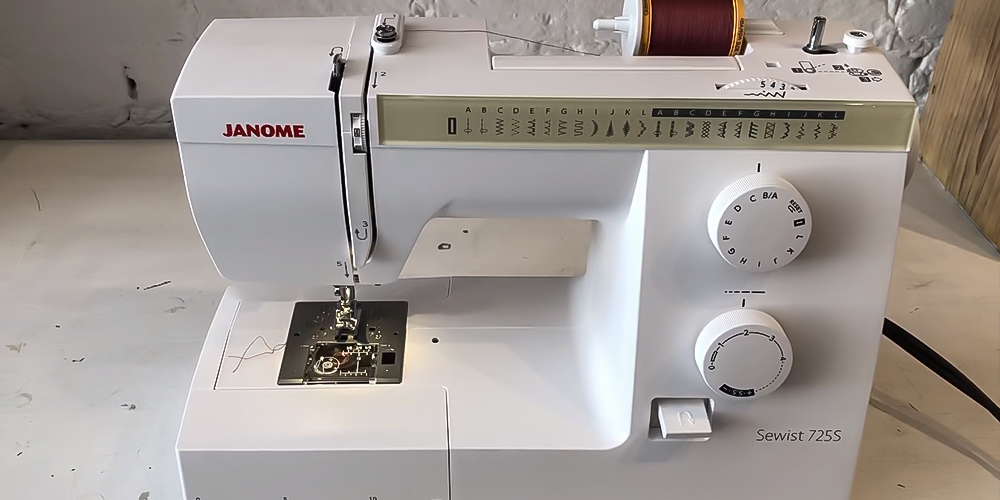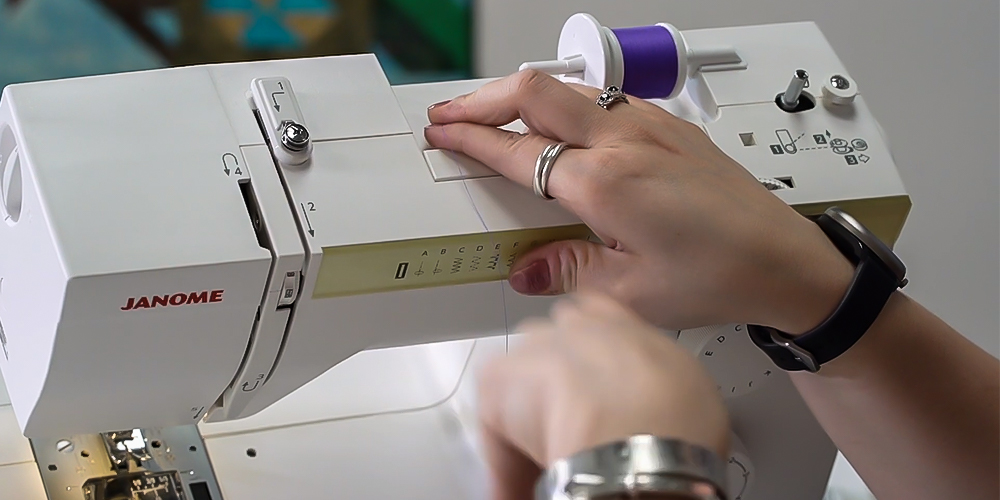When you’ve finally finished your very own sewing project, you’ll feel a terrific sense of achievement! However, for you to get it just right you’ll need the right sewing machine for the task. As a novice, it would be easy to get lost in extra features and elaborate additions.
A sewing machine for beginners should be easy to use and difficult to break, all the while delivering top notch stitch quality. The Good Housekeeping Institute Textiles Lab did their research amongst brands with the best performance and various rave reviews to find the sewing machines that best suit beginners and which features make sewing just that much easier.
Before you start shopping for the perfect sewing machine, you’ll need to make a few decisions.
First, you must have a clear idea of the type of projects you’ll be using it for – for instance, will you be making clothes, quilts, curtains, or maybe doing embroidery? Second, you’ll need to determine which features your sewing machine should have in order for you to perform those projects.
Below is a list of what to look for:
1. Number of stitches
There are numerous different stitches that sewing machines are capable of, but when you’re first starting out, you only really need two kinds: straight and zig zag. As you get better and start feeling more adventurous, you can upgrade to the more complicated and decorative stitches.
2. Ease of use
As a beginner, you’ll want a simpler sewing machine. It still needs to be durable with a metal frame and a few helpful accessories, but steer away from machines that have features you don’t need yet. As mentioned previously, these extra features may hinder your work as the machine would be more challenging to master.
3. Weight
Sewing machines can get quite heavy, so if you plan on moving it around to classes or groups, be sure to choose a more portable model. Some lightweight machines even come with a handle for easy carrying.
“Which Sewing Machine is Best for a Beginner?”
Every person has different needs and criteria that will influence which machine they should buy. And that’s where I come in: I’ve done the research for you to make your own search easier.
How to choose a sewing machine that’s right for you
The machine you select must have the tools you need to work on your specific projects. Also, it needs to support you as you advance and improve, and your undertakings evolve into something more adventurous. I’ll warn you in advance – there’s a huge variety of sewing machines in the market and at the beginning you won’t need one that can do all the fancy tricks. You need something simple that will help you master the basic skills that you’ll use forever.
“Ok, so what features should I be looking for?”
1. Brand, Brand, Brand
There are brands that you’ve probably never even heard of making sewing machines so cheap it’ll make your mouth water. However, resist the temptation, as it’s likely that it’ll give you more problems than you bargained for. Will they be able to give you any online support? Or possibly offer you any advice if you’re experiencing problems with your lovely new sewing machine? The odds are not in your favor.
Choosing a sewing machine from a reputable manufacturer comes with several advantages. For instance, most of their models have videos and guides on YouTube to help you get started or to give you a helping hand when you get stuck! Another juicy advantage is that you’ll be able to purchase accessories to expand its functionality when you’re ready to take your sewing to the next level.
These accessories are guaranteed to fit perfectly without you needing to guess or fiddle. There are also a wide assortment of universal accessories whose dimensions were specially created to fit the machines of all the main manufacturers. The brands you should be looking at are Bernina, Brother, Janome, Pfaff, Singer and Toyota.
2. Is there a top loading drop-in bobbin?
This will make it easier to load and also to see when you’re close to running out of thread on the bobbin reel.
3. Can the feet be snapped-on?
Different procedures require different “feet”. For instance, there’s a foot for sewing zips and a different one for making a quilt. Therefore, you need to change the foot depending on what project you’re working on. Can you imagine needing a screwdriver every time you need to make a swop? Look for a machine that has snap-on feet.
4. Can it do stretch stitches?
If you plan on sewing clothes, the chances are good that you’ll want to try working with jerseys and other stretchable fabrics, which means you’ll need stitches that can stretch with the fabric. A zig zag stitch will work perfectly.
5. Can the base be adjusted for the free arm to be revealed?
The what? On many sewing machines it’s possible to remove a section of the base in order to move things like cuffs and sleeves under the needle easily.
6. Is it too heavy?
If you need your sewing machine to be portable, make sure you choose a machine you can carry easily.
7. Is it noisy?
If you plan on sewing in a shared environment, you should know that cheaper machines are often noisier. As an example, if you plan to sew in your living room but this is the same place your roommate sits to watch Netflix, can you see the problem here if your machine was loud?
If you have friends with sewing machines, ask if you could try them out before buying your own or else read online reviews to see what other seamstresses say about that machine.
“Where Do I Start?”
The Basics of a Sewing Machine
Have you ever watched someone sew on a button by hand or stitch together a seam? If so, then you’ll have an idea of the basic concept behind the workings of a sewing machine. However, instead of using your fingers, it’s the sewing machine that’s pulling the needle with thread through your material! This will definitely speed things up, but be warned – like many things, it’s not as easy as it looks!
That’s why it’s in your best interests to have a sewing machine from a reputable brand specifically designed for beginners. Their goal in producing that machine was to make sewing as easy as possible for their customers. However, that doesn’t mean that the final product will be compromised. It’s just scalable and flexible to allow you to customize it as your skills advance.
Now, most sewing machines can be used on any table, however there are some with wider tables on the machine’s casing that will require some extra room. Every make and model requires a unique process for winding a bobbin and threading the needle that you’ll need to learn how to do.
This is why you should do yourself a favor and read through the reviews on the best sewing machines out there so that when you do finally go shopping, you have all the information you need!
The Benefits of a Sewing Machine
The most precious gift that comes from the skill of sewing is that of customization! You can make spectacular items – whether curtains, clothing, or blankets – with a few basic stitches that you’ll get on most entry-level sewing machines. Making your own things will take time. However, you can make whatever you want exactly the way you want it and even save a huge amount of money doing so!
Sewing machines also help to stimulate and feed your creativity. Anyone looking for a hobby, whether child or adult, that’s not only fun but also useful, sewing is the answer. In just a few hours you can create some basic items – which is helpful for holding the interest of those who crave immediate gratification.
For those who’d like to take it a step further by putting in more time and effort, there are amazing embroidery patterns and quilt work that make wonderful gifts that can be personalized for your loved ones. These items can also really turn a house into a home.
Some Common Problems with Sewing Machines
There are two words to remember always – thread tension. If the tension in your thread is too low, you won’t get a clean stitch as they’ll get all bunched up. It can actually cause the sewing machine to jam up and then you’ll really have a mess on your hands!
If your thread tension is too high, this is also a problem as it can make your thread break, which can cause the thread to get lost somewhere inside your machine. If you’re really unlucky it could get caught in the gears and that’s an expensive mistake to repair for any make or model.
Threading a needle can be tough, but the best sewing machines for beginners do this quite effectively. Check for needles that have a front-facing eye that won’t move up and down – it would be unfortunate for you to stab yourself just as you’re getting going on your first sewing enterprise.
And there you go! Now you have all the information you need to get started on your own stitched creations.
Happy sewing!
